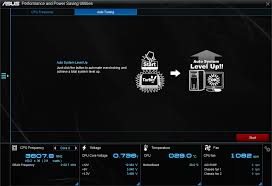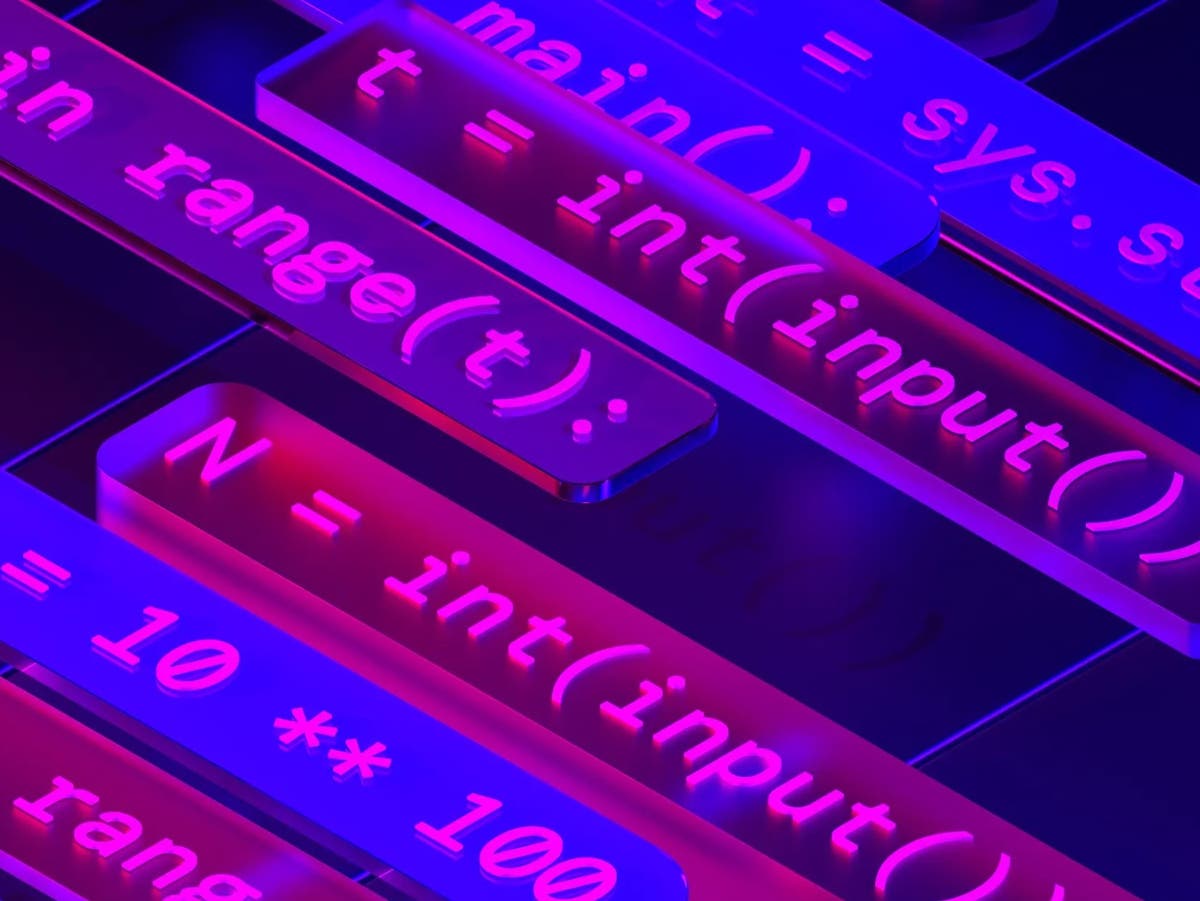
There are two types: unsupervised and supervised machine learning tasks. Supervised training involves the use of training data to label inputs and outputs. This training data is used to allow supervised learning models to infer a function using data that has been already labeled. Experts label the training samples. In other words, supervised learning models learn by watching. They are also able learn from human errors to improve their performance.
Unsupervised learning
Unsupervised Learning is a powerful way to learn machine by using data that isn't labeled but is instead interpreted using pre-existing patterns. This approach is also referred to as self-learning. Unsupervised Learning follows the same principles as supervised, but it aims to discover hidden patterns from data with ambiguous labelling. Hidden state reparameterizations, backpropagation reconstruction mistakes and other methods are used to identify patterns in unlabeled information.

Supervised Learning
Email spam filtering is one of the most popular examples of supervised-learning. An old computer science approach may involve creating a program that uses a set of rules in order to determine whether an email has been marked as spam. This approach has several drawbacks. It is difficult to translate across languages. The main goal of supervised learning is to make predictions from data, and this method has a number of applications. You can see some of the most important applications of supervision learning to understand how it works.
Classification
Supervised classification refers to a machine learning technique that automatically assigns objects to classes based upon numerical measurements. Classifiers use a functional mapping to convert measurements into class labels. Pattern recognition and machine learning are two different methods of building classifiers. Both approaches use examples as a way to train machine learning algorithms. Supervised classification involves learning by using examples. The kappa coefficient is a common measure of classification performance. It is not possible to create a fully-supervised model of data. However, it's possible to create a classifier with a high probability of predicting objects.
Regression
A supervised regression is machine learning algorithm that predicts continuous variables from a set. A supervised regression is where the data in a training set have a linear dependency upon the inputs (inputs can be continuous numbers) and are normally distributed in the testing set. This method is useful to classify datasets such as sales data. It allows you to predict whether a product is likely sell in a certain market.

Face recognition
Computer vision faces a major problem. Machine learning algorithms need to recognize many faces. Humans are good at recognising faces. Deep learning algorithms draw on a vast array of faces and create rich representations to enhance face recognition performance. Some of these modern models have even outperformed the capabilities of human face recognition. So, how do we improve the performance of face recognition systems? Read on to learn more about some of the key challenges.
FAQ
How will governments regulate AI?
The government is already trying to regulate AI but it needs to be done better. They must make it clear that citizens can control the way their data is used. A company shouldn't misuse this power to use AI for unethical reasons.
They also need to ensure that we're not creating an unfair playing field between different types of businesses. A small business owner might want to use AI in order to manage their business. However, they should not have to restrict other large businesses.
What does the future look like for AI?
Artificial intelligence (AI), which is the future of artificial intelligence, does not rely on building machines smarter than humans. It focuses instead on creating systems that learn and improve from experience.
We need machines that can learn.
This would enable us to create algorithms that teach each other through example.
You should also think about the possibility of creating your own learning algorithms.
Most importantly, they must be able to adapt to any situation.
How does AI work
An artificial neural network is made up of many simple processors called neurons. Each neuron receives inputs and then processes them using mathematical operations.
Neurons are organized in layers. Each layer serves a different purpose. The first layer receives raw data, such as sounds and images. It then passes this data on to the second layer, which continues processing them. Finally, the output is produced by the final layer.
Each neuron has its own weighting value. This value is multiplied when new input arrives and added to all other values. The neuron will fire if the result is higher than zero. It sends a signal down the line telling the next neuron what to do.
This is repeated until the network ends. The final results will be obtained.
Statistics
- In the first half of 2017, the company discovered and banned 300,000 terrorist-linked accounts, 95 percent of which were found by non-human, artificially intelligent machines. (builtin.com)
- A 2021 Pew Research survey revealed that 37 percent of respondents who are more concerned than excited about AI had concerns including job loss, privacy, and AI's potential to “surpass human skills.” (builtin.com)
- Additionally, keeping in mind the current crisis, the AI is designed in a manner where it reduces the carbon footprint by 20-40%. (analyticsinsight.net)
- By using BrainBox AI, commercial buildings can reduce total energy costs by 25% and improves occupant comfort by 60%. (analyticsinsight.net)
- While all of it is still what seems like a far way off, the future of this technology presents a Catch-22, able to solve the world's problems and likely to power all the A.I. systems on earth, but also incredibly dangerous in the wrong hands. (forbes.com)
External Links
How To
How to Set Up Siri To Talk When Charging
Siri can do many different things, but Siri cannot speak back. This is because there is no microphone built into your iPhone. Bluetooth is the best method to get Siri to reply to you.
Here's how Siri can speak while charging.
-
Under "When Using Assistive touch", select "Speak when locked"
-
To activate Siri, double press the home key twice.
-
Ask Siri to Speak.
-
Say, "Hey Siri."
-
Simply say "OK."
-
Speak: "Tell me something fascinating!"
-
Say, "I'm bored," or "Play some Music," or "Call my Friend," or "Remind me about," or "Take a picture," or "Set a Timer," or "Check out," etc.
-
Speak "Done"
-
Thank her by saying "Thank you"
-
If you are using an iPhone X/XS, remove the battery cover.
-
Insert the battery.
-
Put the iPhone back together.
-
Connect the iPhone with iTunes
-
Sync the iPhone
-
Turn on "Use Toggle"